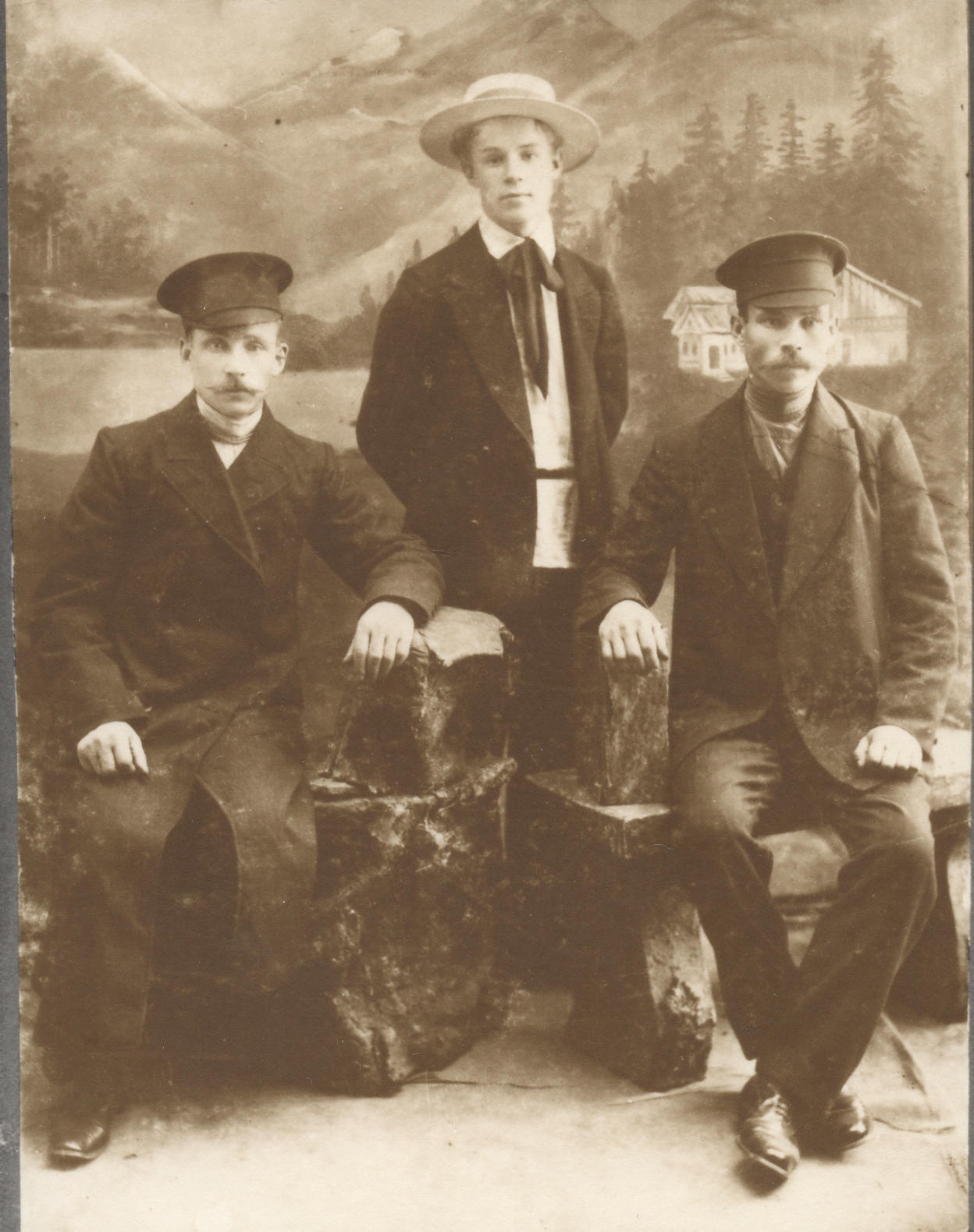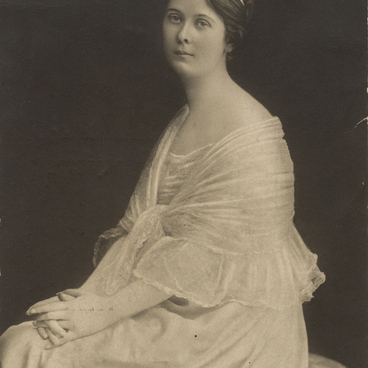The carpet George the Victorious Slaying the Serpent was kept by the relatives of the poetess Ekaterina Eiges and was passed to the museum in 1979.
The poet’s sister Ekaterina Esenina recalled: “Sergei”s things were kept in our father”s chest. One day my father opened the chest and unfolded a wonderful carpet. A beautiful youth sat on a white satin horse. A green snake is wrapped around the horse”s front leg. The young man raised his spear over the snake”s head.
The carpet was made of silk, satin and velvet. “It”s called a panel, ” my father explained to me. “The picture means that Saint George conquers evil”. Sergei came and took this panel with him. “A gift from a wonderful artist, ” he said.
Soon the panel was stolen from Sergei. My father even burst into tears when he learned about the loss of the panel. He didn”t say anything to Sergei, he just bowed his head sadly.”
In the memoirs of Ekaterina Eiges there is another episode related to this carpet: “In early 1919, I moved to Tverskaya Street… Once, on my way from the service, I saw Esenin”s book of poems Goluben in the window of a bookstore. I bought it and immediately felt the whole aroma of Esenin”s poems.
One day in early spring, I took my notebook with my poems to the Presidium of the Union. There, Shershenevich was sitting at the table, and Esenin, Kusikov and Gruzinov sat on the sofa in relaxed poses.
They all came up to me, introduced themselves and asked for the address. A few days later, the notebook was returned to me, and I was accepted as a member of the Union of Poets. And a few days later there was a knock on the door of my room… Esenin stood behind the door, holding something wrapped in a large tube.
Esenin explained that the carpet had been given to him as a gift and that it had been bought at an exhibition of handicrafts in Petrovka Street. In winter he covered himself up with it, but now it is warm, and he will no longer need the carpet.”
The poet’s sister Ekaterina Esenina recalled: “Sergei”s things were kept in our father”s chest. One day my father opened the chest and unfolded a wonderful carpet. A beautiful youth sat on a white satin horse. A green snake is wrapped around the horse”s front leg. The young man raised his spear over the snake”s head.
The carpet was made of silk, satin and velvet. “It”s called a panel, ” my father explained to me. “The picture means that Saint George conquers evil”. Sergei came and took this panel with him. “A gift from a wonderful artist, ” he said.
Soon the panel was stolen from Sergei. My father even burst into tears when he learned about the loss of the panel. He didn”t say anything to Sergei, he just bowed his head sadly.”
In the memoirs of Ekaterina Eiges there is another episode related to this carpet: “In early 1919, I moved to Tverskaya Street… Once, on my way from the service, I saw Esenin”s book of poems Goluben in the window of a bookstore. I bought it and immediately felt the whole aroma of Esenin”s poems.
One day in early spring, I took my notebook with my poems to the Presidium of the Union. There, Shershenevich was sitting at the table, and Esenin, Kusikov and Gruzinov sat on the sofa in relaxed poses.
They all came up to me, introduced themselves and asked for the address. A few days later, the notebook was returned to me, and I was accepted as a member of the Union of Poets. And a few days later there was a knock on the door of my room… Esenin stood behind the door, holding something wrapped in a large tube.
Entering the room, he unrolled the bundle: it was a beautiful carpet embroidered with bright silks, Russian style. It depicted St. George the Victorious on a white horse, with green grass around. “This is for you, you do like it, ” said Esenin. He knew that I loved handicrafts, rugs that decorated my room, but of course, I didn”t have such a wonderful carpet.
Esenin explained that the carpet had been given to him as a gift and that it had been bought at an exhibition of handicrafts in Petrovka Street. In winter he covered himself up with it, but now it is warm, and he will no longer need the carpet.”


